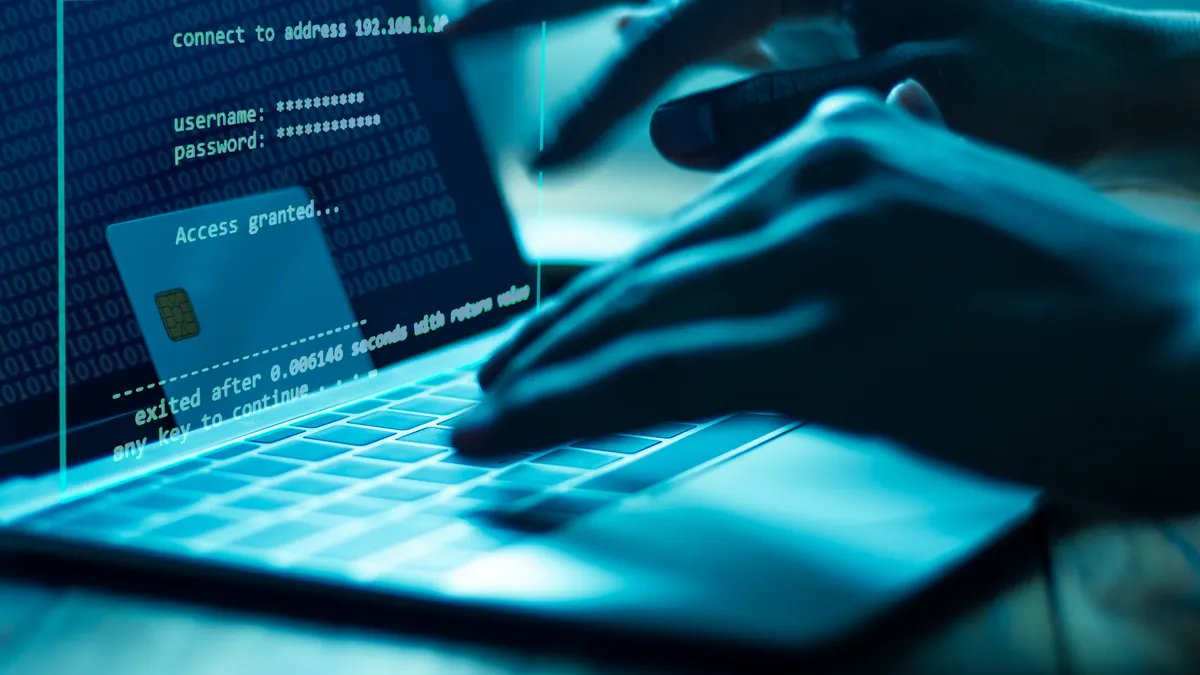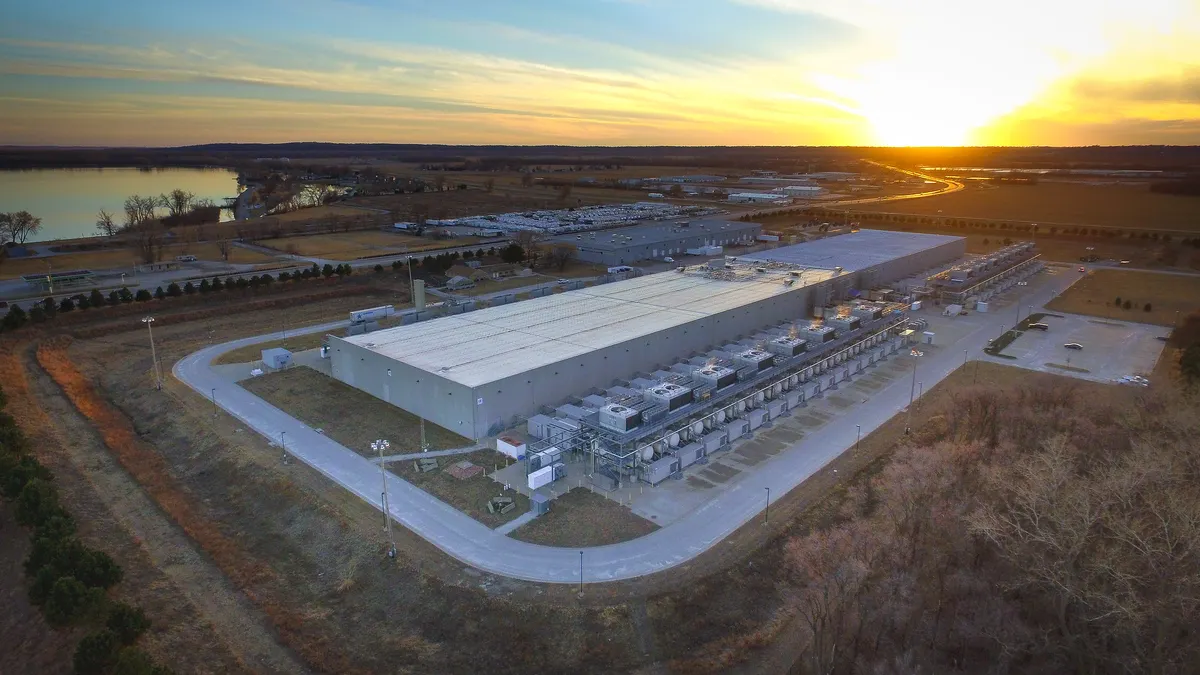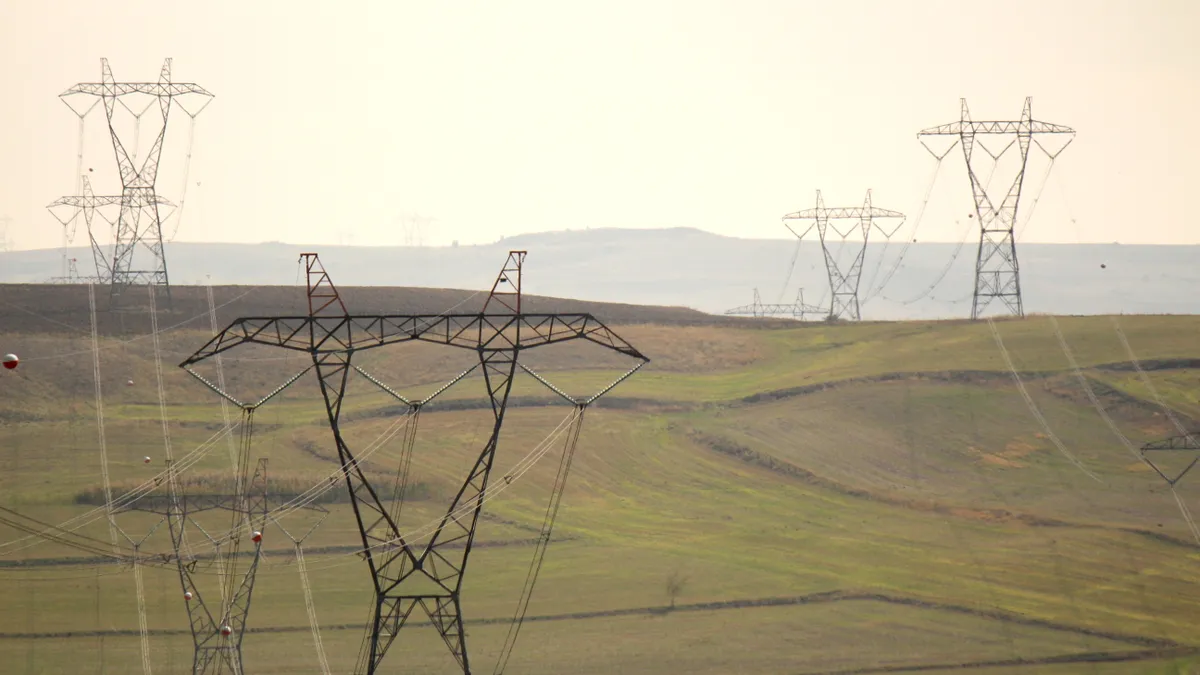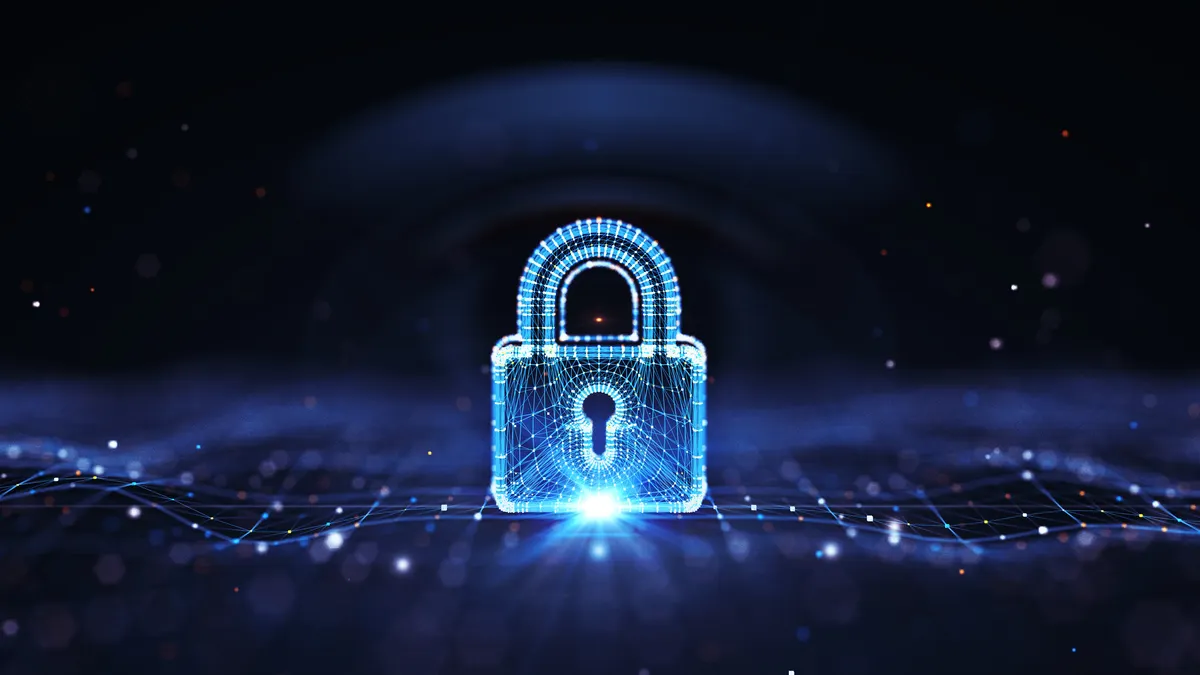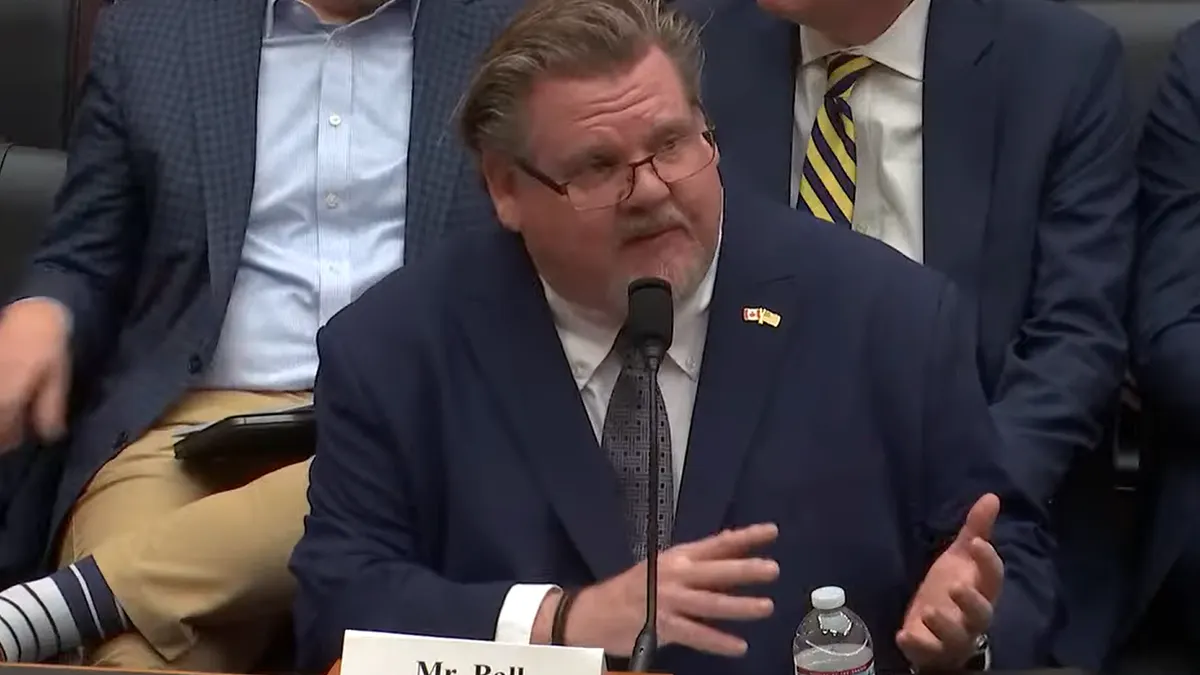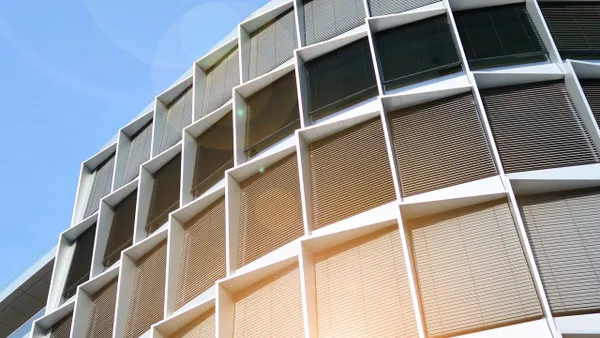Chris Watts is director of regulatory affairs for S&C Electric Co.
A number of developments are making undergrounding a more economically attractive option for utilities. Typically used more for new installations, undergrounding existing power lines has historically been viewed as an expensive proposition.
However, new weather patterns that result in more frequent and severe outages, combined with consumer demand for constant power, are changing the economics of targeted and larger-scale undergrounding. Customers have a growing reliance on electricity as they work from home and as electric vehicles become more common and will not tolerate any extended outages. This is intensifying the focus on distribution grid resilience. New government-funded programs intended to improve grid resilience will further drive these investments.
When considering the monetary and customer goodwill costs of extended outages, the benefits from undergrounding make it worth another look.
The business case revisited
At a high level, the economics of undergrounding should be considered based on the net benefits or costs for utilities, their customers, and more broadly, for society.
These include incremental costs to lay underground cables versus overhead conductors or to convert existing overhead conductors to underground. The benefits include reduced outages on blue-sky days and during major events and lower ongoing operating and maintenance costs.
A range of factors makes targeted or larger-scale undergrounding more attractive. Climate change is increasing the frequency and severity of major weather events that result in widespread outages. Another factor is our dependence on power at home for everything from communication to medical equipment to remote workplaces. And the electrification of personal and commercial transportation intensifies the need for an uninterrupted power supply.
Utilities have achieved efficiencies in the costs of undergrounding with new techniques such as directional boring, which reduces the need for costly digging, large crews, and road closures. New standards for design and construction and economies of scale for larger projects have also significantly reduced the cost by bundling work geographically.
Public Utilities Fortnightly’s 2022 report on the Role of Undergrounding in Resilience quotes Michael Jarro of Florida Power and Light on this trend: “The cost for directional boring has decreased over the years. I think the technology has just developed. It’s something that’s being used not only in the electric industry but also gas and water. I think it continues to be perfected over time.” The report notes that “Innovation has driven down undergrounding costs and driven up the reliability and resilience of underground cables, including in flood conditions.”
The business case for undergrounding is driven by lower overall costs, the benefits of addressing climate-change impacts, and the growing value of reliability and resilience. The availability of new technology to harden the grid and better manage underground systems also make them a more attractive option. For example, a recently launched intelligent underground distribution restoration system provides fault location, isolation, and service-restoration functions to underground residential distribution circuits without crew intervention. This reduces the impact of sustained outages that commonly last for hours to 60 seconds or less.
Installing underground distribution switchgear gives utilities a robust switching and protection solution that can survive and even continue carrying load to customers during a flood. As more utilities consider how to ride out the next big flood in their service territory, investing in resiliently designed switchgear can make all the difference in keeping the power on or restoring it faster for customers in the wake of storm damage.
Eye of the storm
Perhaps the most important driver for undergrounding power lines is the increasing frequency and severity of major weather events. These can lead to widespread, prolonged electricity outages that have a significant effect on customers and the local economy.
For example, Florida Power and Light has estimated one day of improved storm recovery in its service territory is worth up to $2 billion in avoided damage to economic output.
And it’s not getting any better.
Over the past two decades, there has been a significant increase in the frequency and severity of weather events. This has increased the number of service interruptions due to storms and magnified their cost impact.
The number of events that cost the U.S. economy $1 billion or more has tripled between 2002 and 2022. Similar trends are also experienced in other countries, including Canada, the United Kingdom, Australia and New Zealand.
Underground cables are sheltered from environmental and other hazards on both clear and black sky weather days, so they benefit both grid reliability as measured by the System Average Interruption Duration Index, or SAIDI, and System Average Interruption Frequency Index, or SAIFI, (excluding major events days) and resilience to major storms as measured by SAIDI and SAIFI (including major event days).
Undergrounding main feeder lines and laterals increases the robustness of the distribution grid to most weather events, such as high winds and storms, lightning, snow, and ice storms. It also avoids the risk of tree contact.
With more major storm activity, it’s not a question of if service will be interrupted, it’s a question of when, and how quickly we can restore power. This has brought resilience into sharper focus.
We need the power to be on at all times. Or, if service is interrupted, we expect that it comes back on right away.
Increased Federal and local support
Changes in legislation can also be an important driver of enhanced resilience. The U.S. Infrastructure Investment and Jobs Act contains several programs that focus explicitly on improving reliability and resilience and encouraging further innovation in these areas. Approximately $14 billion is directly allocated to resilience programs, and there are other funding streams that could be used to drive these improvements.
These programs also focus on rural and other grid-edge areas. This recognizes locations that are often most impacted by storm-related outages and can truly benefit from targeted resilience investment.
When planning investments for reliability and resilience, we must consider the greater frequency and severity of weather events in 2030, 2040, 2050 and beyond. An analysis of an average U.S. utility underscores the benefits of grid hardening. If a typical utility makes no changes, there would be a projected cost of $1.4 billion from storm damage over 20 years, according to a 2019 study by McKinsey & Company. This cost would increase to $1.7 billion with more frequent and severe weather.
In contrast, the estimated $700 million to $1 billion to harden the grid is much less than the projected storm damage costs. This means the utility could save $700 million to $1 billion by undergrounding.
Given the costs associated with storm-related outages, the question isn’t can we afford to underground more power lines but rather, can we afford not to?







